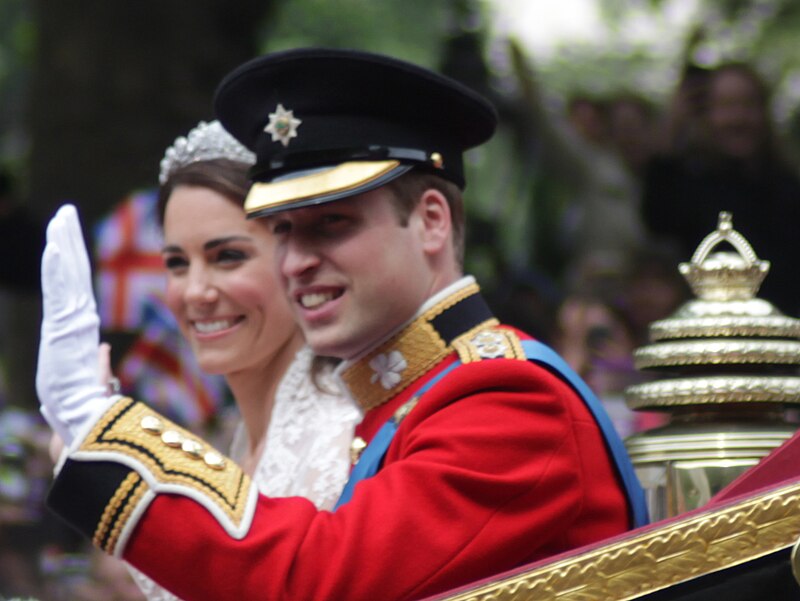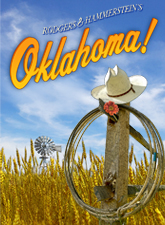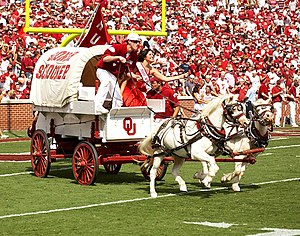Happy Anniversary to the well-publicized couple. Today’s edition of #HistoryMonday looks at a more recent event and one that might be of less significance if not for current events coming to light over the weekend.

On this day in 2011, The Royal Wedding of Prince William and his fiancée Catherine Elizabeth “Kate” Middleton occurs at Westminster Abbey in London. Nearly two thousand dignitaries and other guests would attend the ceremony. An even larger audience gathered in London’s streets at a number approaching one million, while and an estimated worldwide television audience of two billion observes the ceremony.
The bride’s younger sister, Pippa, served as maid of honor, and Prince Harry, the younger brother of Prince William serves as the best man. Rowan Williams, the Archbishop of Canterbury was officiant for the ceremony.
Immediately following the ceremony, a wedding reception at the palace was hosted by Queen Elizabeth for her grandson and his new wife along with over six-hundred guests. Prince William’s Father Prince Charles hosted a dinner dance at the palace for three-hundred that evening,

Just two years later the couple welcomed their first child, George on July 22, 2013. Two more children, Princess Charlotte on 2 May 2015 and Prince Louis on 23 April 2018 would follow. Based on British hereditary law of succession to the throne, Prince George is the third in line to the throne after his grandfather Prince Charles and his father Prince William.
The television audience for this royal wedding greatly eclipsed the audience of the wedding of the parents of the groom in 1981. This audience is believed to be somewhere around 750 million. Similar numbers would play out for Prince Harry and Megan Markle’s nuptials just last year.
Much of the fascination with the Royal Weddings of Prince Charles to Diana, Prince William to Kate, and even Prince Harry to Megan have been somewhat a holdover in American history. Most children in the First Family are already adults and married when their parent is elected or too young to marry when their parent is elected. Weddings of Chelsea Clinton, Jenna Bush Hager, and others happened after their father’s tenure as president ended so they don’t draw the same attention. Patricia Nixon Cox was the most recent member of the first family to be married while her father was still President and married at the White House. Her younger sister married before Pres. Nixon’s first inauguration to avoid the spotlight of a White House wedding.
Many Americans have romanticized (no pun intended) the idea of weddings of members of the Royal Family in the United Kingdom thanks in part to our early British foundation and the prevalence of fairy tales involving royal weddings, i.e. Cinderella.
As mentioned, last year’s wedding of Prince Harry to Megan Markle drew attention since Megan presented new wrinkles to the usual expectation of marriage material. Markle is previously divorced, an American, and of mixed racial heritage. Given her celebrity as an actress in America before her engagement to Prince Harry, even more paparazzi and tabloid discussion were had.
New attention to William and Kate was brought to light this weekend with a revelation that Prince William had engaged in an affair with one of Kate’s close friends. Connections to his father’s affair that ended his marriage to Princess Diana are seemingly overlooked by many modern observers, yet time will tell how this will impact the younger royal couple’s marriage.
What are your thoughts on the Royal Wedding?












